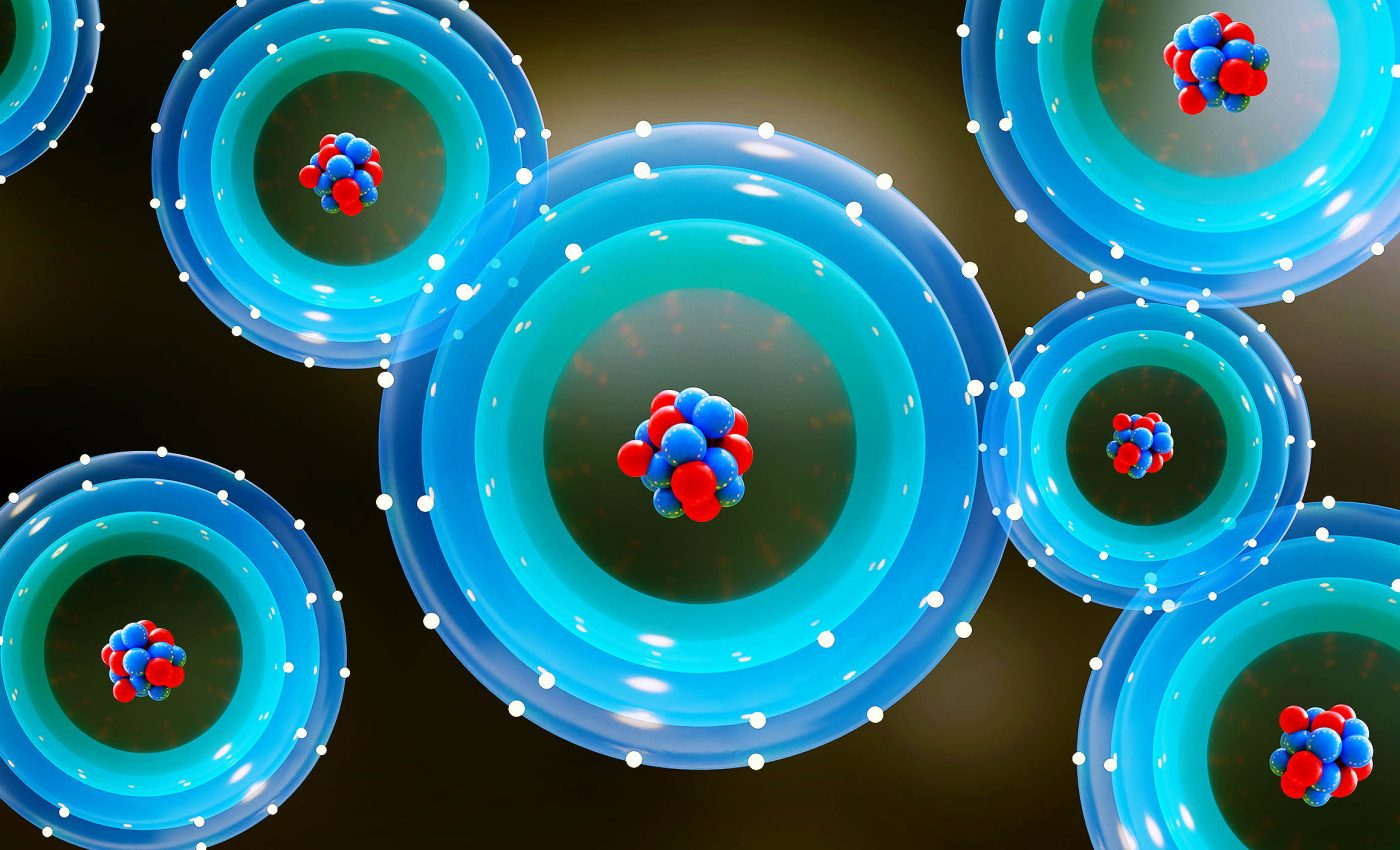
Physicists entangle 13,000 nuclear spins, unlocking the power of the 'dark state'
Physicists have been searching for ways to link photons and local quantum bits in a single system. One approach that uses quantum dots is particularly appealing. By carefully steering atomic nuclear spins, researchers have found a way to store and retrieve quantum information without sacrificing stability or flexibility.
Recent experiments with gallium arsenide quantum dots revealed a technique where 13,000 entangled nuclear spins cooperated to form a robust “dark state.”
This effort was led by Mete Atatüre from the Cavendish Laboratory at the University of Cambridge, working with colleagues at the University of Linz and other partners.
Together, they have shown how quantum dots can form multi-qubit nodes for advanced communication and computing.
Understanding quantum nodes
Quantum networks rely on nodes that can send photons and also keep data in local storage. While current systems handle one piece or two of quantum data at a time, new experiments need multiple qubits in each node.
The community has tested many platforms, but the search for something reliable and user-friendly continues.
The focus turned to gallium arsenide quantum dots, which had been criticized for nuclear spin noise. Engineers tried taming those nuclear spins, since stable interactions among them could be repurposed for quantum data storage.
They discovered that even though there are thousands of interacting spins, meticulous driving of atomic states can align them into a unified register.
Nuclear spins as a quantum register
Many quantum dot designs include thousands of nuclei. When first examined, these spins behaved more like an unwanted background that muddied the electron spin signal.
However, by applying methods inspired by many-body physics, the research team arranged a collective “dark state” of these nuclei.
The group stored electron-based qubits into the spin register, which retained that data reliably. They reported a storage fidelity of nearly 69% and a measured coherence time that exceeded 130 microseconds for certain operations.
Those figures might seem modest, but they mark a leap in controlling nuclear spins inside a semiconductor device.
Entangled spins and the dark state
A dark state is a type of entangled arrangement that avoids regular environmental coupling.
Because these 13,000 nuclear spins settled into that quiet configuration, less information was lost to external disturbances. Data could be written, stored, and retrieved without immediate decoherence.
“This breakthrough is a testament to the power many-body physics can have in transforming quantum devices,” said Mete Atatüre.
By combining advanced feedback loops and carefully tuned magnetic fields, the team significantly improved the performance of quantum dots.
This demonstration highlights a new path for connecting various quantum components into larger systems.
Nuclear spins and quantum communication
Devices that distribute entangled particles over long distances need network nodes that can handle photon signals and keep data safe.
Many attempts have aimed to achieve that by using artificial atoms that emit single photons. The gallium arsenide approach may accomplish this and provide a register of multiple nuclear spins for holding onto states as needed.
Quantum repeaters that send signals across hundreds of miles often stall because of photon losses in fiber. A quantum repeater uses a memory unit as an intermediate station.
This work points to gallium arsenide quantum dots as a practical candidate for such memory nodes, which could be placed between remote processors to enable secure communication protocols.
Many-body physics and dark states
The success of this experiment depends heavily on the principles of many-body physics, which studies how large numbers of interacting particles behave as a whole.
Instead of treating each nuclear spin as a separate bit, the researchers engineered a state where thousands of spins moved and responded collectively, something impossible to predict by simply summing up individual behaviors.
This approach allows scientists to tap into collective phenomena like entanglement, coherence, and quantum phase transitions.
The dark state formed in this experiment is a direct product of that cooperation.
It gives the system new properties, such as resistance to certain types of noise, and opens the door to scalable designs that treat large atomic ensembles as single programmable units.
Nuclear spins, dark states, and the future
The research team intends to extend the storage time by refining their spin-driving techniques. When combined with nuclear magnetic resonance controls, some forecasts suggest storage times that may reach tens of milliseconds.
If that goal is met, it could enable quantum dot setups to function as core parts of repeaters and distributed networks.
The challenge is to further reduce interference among different nuclear species within the dot. Reducing or eliminating isotopes that cause spectral overlap is one strategy.
Additional methods include applying more precise radio-frequency pulses to maintain coherence.
Every improvement could raise the fidelity for data storage and retrieval, allowing quantum dots to compete with other leading platforms.
The study is published in Nature Physics.
—–
Like what you read? Subscribe to our newsletter for engaging articles, exclusive content, and the latest updates.
Check us out on EarthSnap, a free app brought to you by Eric Ralls and Earth.com.
—–













